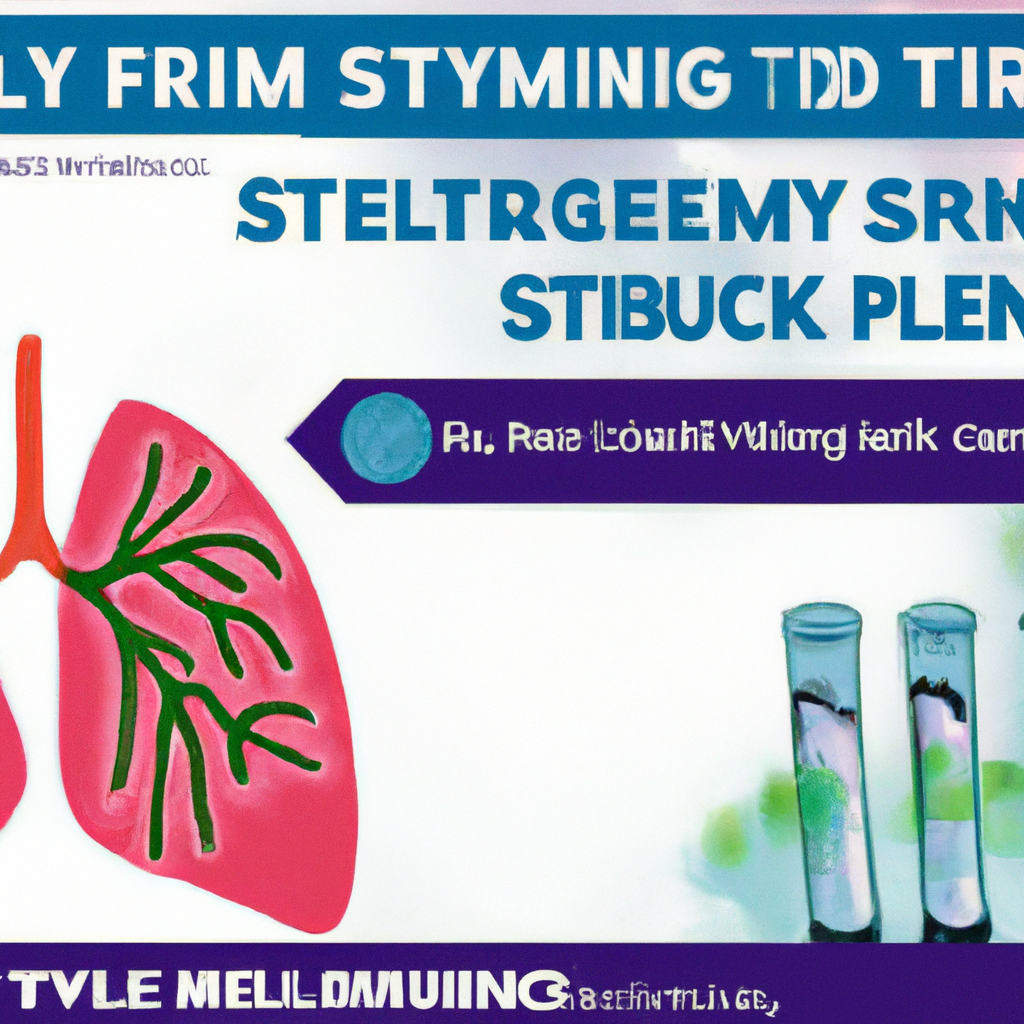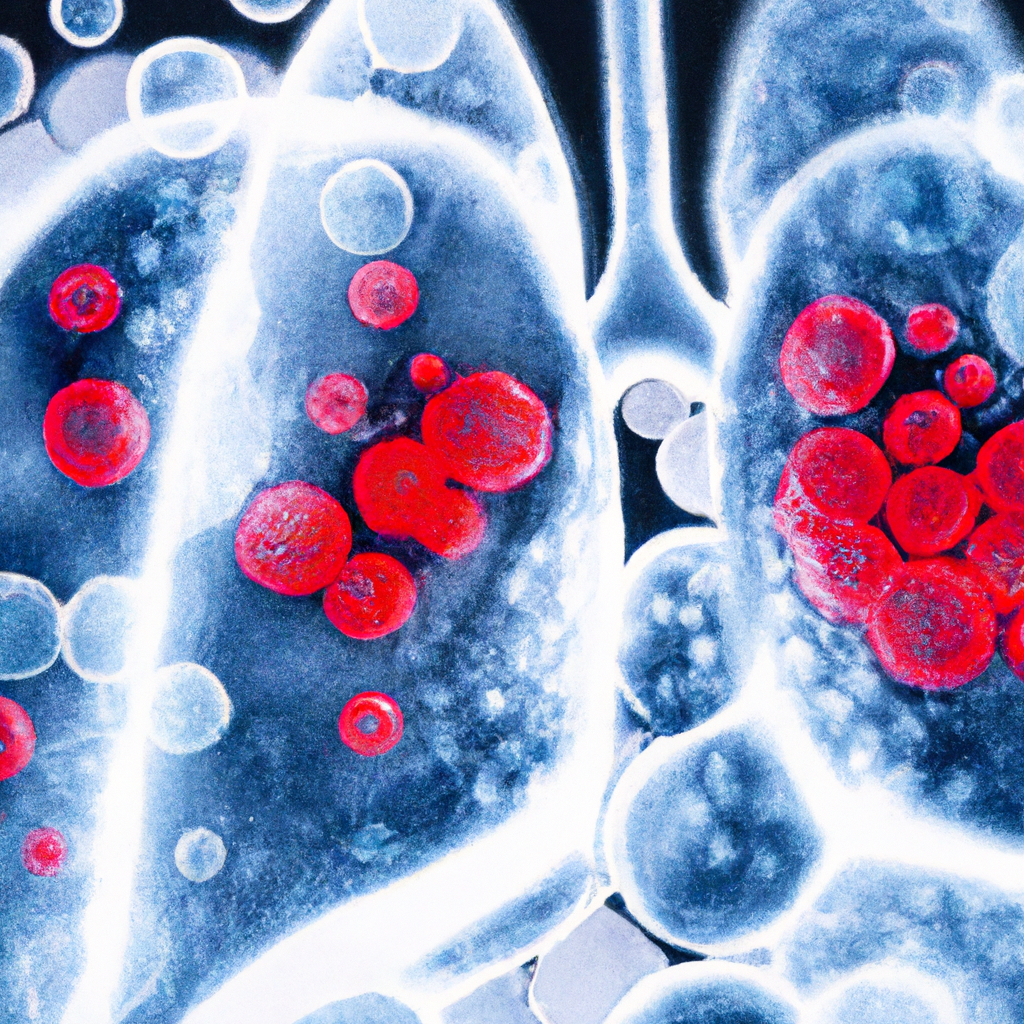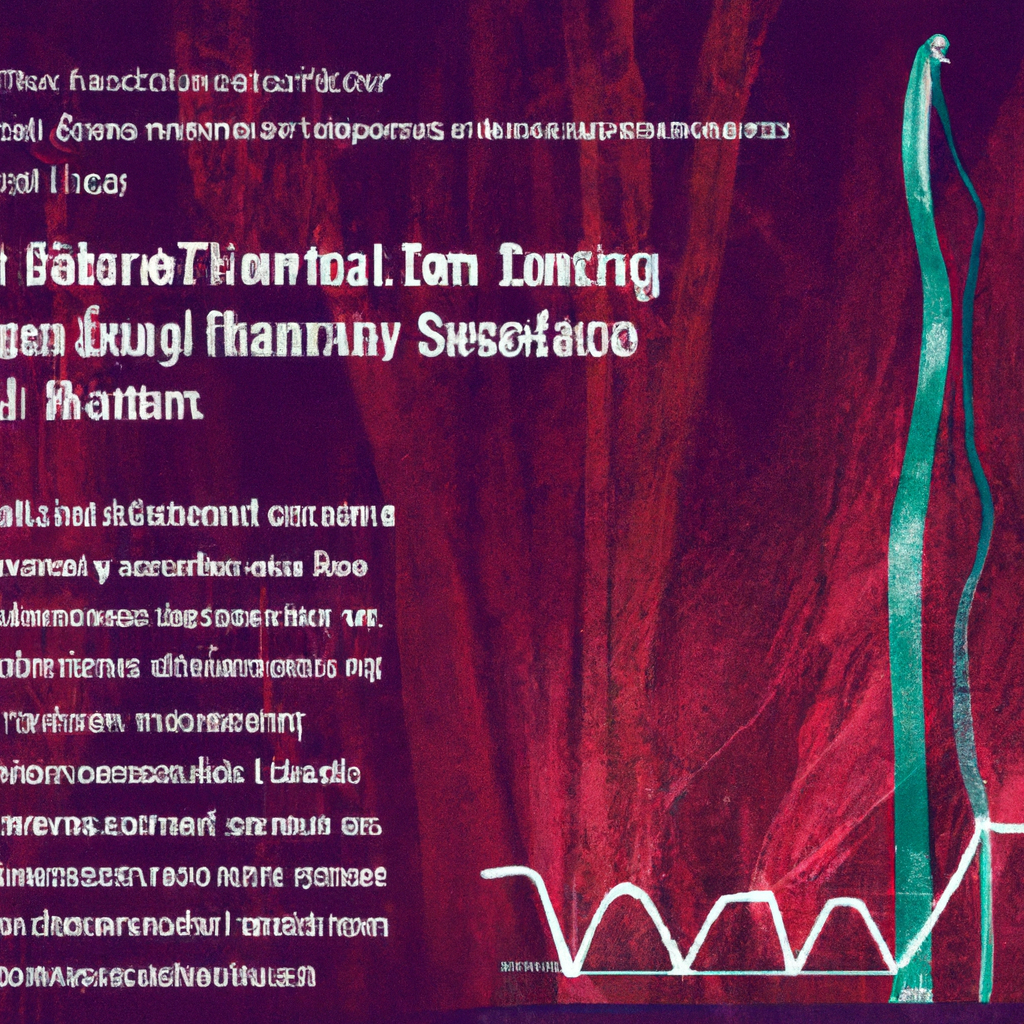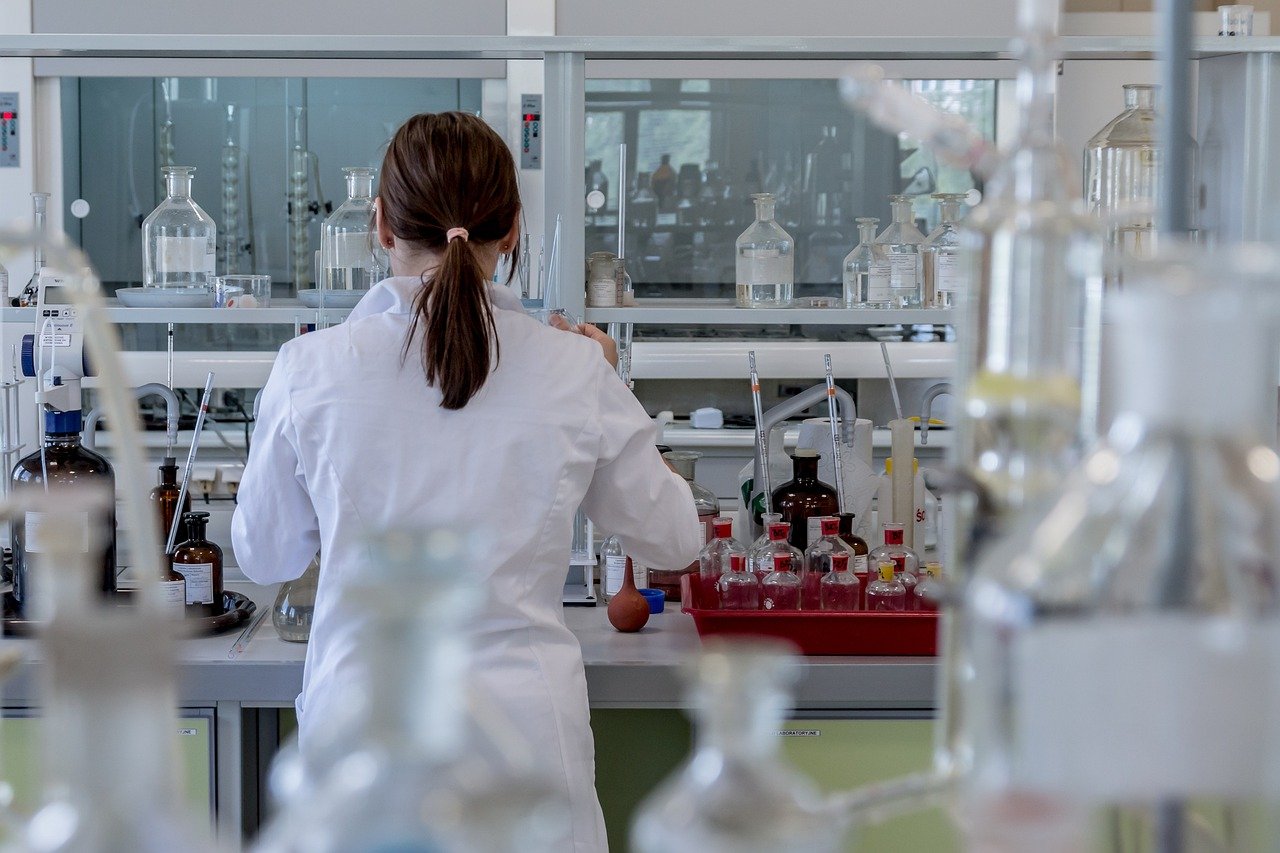Are you curious about the potential applications of stem cells in treating lung fibrosis in Malaysia? In this article, we will explore the exciting advancements in stem cell research and how they could potentially revolutionize the treatment of this debilitating lung condition. Discover the latest findings and breakthroughs that could offer hope to patients suffering from lung fibrosis, as we delve into the possibilities of stem cell therapies. Join us as we explore this fascinating topic and uncover the potential future of lung fibrosis treatment in Malaysia.

Overview of Lung Fibrosis
Lung fibrosis refers to a condition characterized by the scarring and thickening of lung tissue, leading to a progressive decline in lung function. It is a chronic and debilitating disease that can significantly impact an individual’s quality of life. Understanding the key aspects of lung fibrosis, such as its prevalence, current treatment options, and potential for using stem cells, is crucial in developing effective therapies and improving patient outcomes.
Understanding Lung Fibrosis
Lung fibrosis is a complex condition that involves the abnormal accumulation of fibrotic tissue in the lungs. This deposition of scar tissue can impair the normal functioning of the lungs, leading to symptoms such as persistent cough, shortness of breath, fatigue, and chest pain. The underlying cause of lung fibrosis can vary, including exposure to environmental toxins, occupational hazards, autoimmune diseases, and certain medications.
Prevalence of Lung Fibrosis in Malaysia
In Malaysia, the prevalence of lung fibrosis has been steadily increasing over the years. Although precise statistics may vary, it is estimated that thousands of Malaysians are currently living with this condition. The exact reasons for the rising prevalence remain unclear, but factors such as increasing industrialization, environmental pollution, and an aging population may contribute to the higher incidence of lung fibrosis. Raising awareness about this disease and its potential treatment options is essential to provide support and better healthcare services for affected individuals.
Current Treatment Options for Lung Fibrosis
The treatment of lung fibrosis typically focuses on managing symptoms, slowing disease progression, and improving lung function. The current standard of care involves the use of medications such as corticosteroids and immunosuppressants to reduce inflammation and scarring in the lungs. Pulmonary rehabilitation, oxygen therapy, and breathing exercises are also commonly recommended to improve respiratory function and enhance quality of life. However, these treatments only offer limited benefits and fail to address the underlying cause of the disease, emphasizing the need for more effective therapies.
Introduction to Stem Cells
Stem cells are undifferentiated cells that have the remarkable ability to divide and develop into various specialized cell types in the body. They possess unique characteristics, including self-renewal and differentiation capabilities, making them a promising tool in regenerative medicine. Stem cells hold great potential for treating numerous diseases, including lung fibrosis, as they can potentially repair damaged tissue and promote regeneration.
Definition and Characteristics of Stem Cells
Stem cells can be defined as cells that have the ability to self-renew and differentiate into specialized cell types. They can divide and produce multiple daughter cells, which can further differentiate into specific tissue or organ cells. Stem cells are classified into two main types: embryonic stem cells (ESCs) and adult stem cells. ESCs are derived from early-stage embryos, while adult stem cells are found in various tissues and organs throughout the body.

Types of Stem Cells
There are various types of stem cells with different capabilities and potentials. Embryonic stem cells (ESCs), as the name suggests, are derived from embryos and have the highest potential for differentiation into any cell type in the body. Adult stem cells, also known as somatic or tissue-specific stem cells, are found in specific tissues and can give rise to the cell types within that tissue. mesenchymal stem cells (MSCs) are a type of adult stem cell that can be obtained from bone marrow, adipose tissue, or other sources and have shown promising regenerative properties in preclinical and clinical studies.
Potential of Stem Cells in Regenerative Medicine
The potential of stem cells in regenerative medicine lies in their ability to replace or repair damaged cells and tissues. In the context of lung fibrosis, stem cell therapy offers the prospect of reversing the fibrotic process and restoring normal lung function. Stem cells can be manipulated in the laboratory to differentiate into lung-specific cell types, such as alveolar epithelial cells and endothelial cells, which play crucial roles in lung function. Additionally, stem cells can secrete various growth factors and anti-inflammatory molecules that promote tissue repair and modulate the immune response.
Stem Cell Therapy for Lung Fibrosis
stem cell therapy for lung fibrosis involves the administration of stem cells to promote tissue regeneration and reduce inflammation in the lungs. The mechanism of action is multifaceted, with stem cells exerting their therapeutic effects through several mechanisms. Firstly, stem cells can differentiate into lung-specific cells, replacing damaged and scarred tissue. Additionally, stem cells release paracrine factors that modulate the immune response and reduce inflammation. Moreover, stem cells have been shown to promote angiogenesis, the formation of new blood vessels, which aids in the restoration of lung tissue.
Experimental Studies on Stem Cell Treatment for Lung Fibrosis
Numerous experimental studies have demonstrated the potential of stem cell therapy in treating lung fibrosis. In animal models of lung fibrosis, the administration of various types of stem cells, including MSCs, has shown promising results. These studies have shown improvements in lung function, reduced fibrotic tissue deposition, and increased survival rates. Preclinical investigations have also provided insights into the mechanisms underlying the therapeutic effects of stem cells, further supporting their potential as a treatment modality for lung fibrosis.
Clinical Trials in Malaysia
In Malaysia, research on stem cell therapy for lung fibrosis is still in its early stages. However, several clinical trials are currently underway to evaluate the safety and efficacy of stem cell-based treatments. These trials involve the use of MSCs derived from different sources, such as bone marrow or adipose tissue. The outcomes of these trials will provide valuable information on the feasibility and effectiveness of stem cell therapy in Malaysian patients with lung fibrosis.
Challenges and Limitations
While stem cell therapy holds immense promise for the treatment of lung fibrosis, several challenges and limitations need to be addressed. These include ethical concerns and regulatory issues surrounding the use of stem cells, the potential risk of immune rejection and tumorigenesis, and the cost and accessibility of stem cell therapy.

Ethical Concerns and Regulatory Issues
The use of embryonic stem cells, in particular, raises ethical concerns due to the need for the destruction of embryos. Consequently, strict regulations govern the use of embryonic stem cells in many countries, including Malaysia. However, alternative sources of stem cells, such as adult stem cells, overcome these ethical issues and can adhere to existing regulations.
Immune Rejection and Tumorigenesis
One potential limitation of stem cell therapy is the risk of immune rejection, where the recipient’s immune system recognizes the transplanted cells as foreign and mounts an immune response against them. To overcome this, researchers are exploring methods such as immunomodulation and genetic engineering to improve the compatibility and acceptance of transplanted stem cells. Additionally, there is a theoretical risk of tumorigenesis, or the formation of tumors, from the administration of stem cells. Careful monitoring and follow-up are essential to assess the long-term safety of stem cell therapies.
Cost and Accessibility of Stem Cell Therapy
Another significant challenge in implementing stem cell therapy for lung fibrosis is the cost and accessibility of the treatment. Stem cell therapies can be expensive, and the high costs may limit their availability to a select few. Moreover, the expertise and infrastructure required for administering stem cell therapy may not be readily available in all healthcare facilities. Therefore, efforts need to be made to make stem cell therapy more affordable and accessible to a larger population.
Future Directions
Despite the current challenges, the field of stem cell research is rapidly evolving, and future directions hold great promise for the treatment of lung fibrosis. Ongoing advancements in stem cell research are paving the way for potential breakthroughs and innovative therapies.
Advancements in Stem Cell Research
Continued research in stem cell biology and regenerative medicine is expected to yield a deeper understanding of the mechanisms involved in lung fibrosis and the potential for stem cell-based treatments. Techniques for manipulating stem cells in the laboratory, such as gene editing and tissue engineering, are constantly improving, opening up new avenues of research and treatment.
Combination Therapies and Personalized Medicine
Combining stem cell therapy with other treatment modalities, such as pharmacological agents or gene therapy, may enhance the overall therapeutic effects. Additionally, the concept of personalized medicine, tailoring treatments based on an individual’s specific genetic and molecular profile, is gaining momentum. This approach may enable the development of personalized stem cell therapies for lung fibrosis, resulting in improved outcomes for patients.

Role of Stem Cells in Precision Medicine
Stem cells play a vital role in precision medicine, which aims to provide targeted treatments based on an individual’s unique disease characteristics. By utilizing stem cells to create disease models or conducting drug screening, researchers can identify the most effective treatment options and optimize therapy outcomes. This approach holds immense potential for advancing the field of lung fibrosis treatment and improving patient care.
Public Awareness and Education
Public awareness and education about stem cell therapy are essential in fostering understanding, dispelling myths, and addressing concerns surrounding this innovative treatment modality.
Importance of Educating the Public about Stem Cell Therapy
Educating the public about stem cell therapy is crucial to promote informed decision-making and alleviate fears or misconceptions. By providing accurate information about the benefits, risks, and limitations of stem cell therapy, individuals can make well-informed choices regarding their healthcare options. Furthermore, public awareness initiatives can help to generate support and facilitate the integration of stem cell therapy into mainstream medical practice.
Promoting Stem Cell Research in Malaysia
Promoting and supporting stem cell research in Malaysia will contribute to the development of localized therapies and improve patient access to cutting-edge treatments. By facilitating collaborations between researchers, healthcare professionals, and policymakers, Malaysia can establish itself as a hub for stem cell research and innovation.
Addressing Misconceptions and Controversies
Stem cell therapy has been the subject of various controversies and misconceptions. Addressing these concerns through public engagement, open dialogue, and transparent communication is essential. Providing clear information about the ethical considerations, regulatory frameworks, and safety profiles of stem cell therapies can help build public trust and understanding.
Collaborative Efforts and Research Networks
Collaboration and knowledge exchange are vital for advancing stem cell research and facilitating the translation of scientific discoveries into clinical applications.

Government Initiatives and Funding for Stem Cell Research
Government initiatives and funding for stem cell research in Malaysia can provide critical support to researchers and institutions involved in this field. By allocating resources, establishing research grants, and promoting research networks, the government can encourage scientific advancements and accelerate the development of stem cell therapies for lung fibrosis.
International Collaborations and Knowledge Exchange
Collaborating with international institutions and researchers allows for the exchange of knowledge, expertise, and resources. By fostering international partnerships, Malaysian scientists and clinicians can stay at the forefront of stem cell research and leverage shared resources to accelerate the development of effective therapies for lung fibrosis.
Establishment of Stem Cell Research Centers in Malaysia
The establishment of dedicated stem cell research centers in Malaysia would serve as focal points for innovation and collaboration. These centers could bring together researchers, clinicians, and industry experts to conduct cutting-edge research, share best practices, and create a supportive ecosystem for stem cell therapy development.
Case Studies and Success Stories
Case studies and success stories provide valuable insights into the clinical outcomes and long-term effects of stem cell therapy for lung fibrosis. Hearing from patients who have undergone stem cell treatment can inspire hope and encourage others to explore this potential treatment option.
Patient Stories and Testimonials
Sharing the experiences of patients who have undergone stem cell therapy for lung fibrosis can provide firsthand accounts of the treatment’s impact on their lives. These narratives can highlight the improvements in symptoms, quality of life, and overall well-being that stem cell therapy can offer.
Clinical Outcomes and Long-term Follow-up
The publication of clinical outcomes and long-term follow-up data is vital for assessing the effectiveness and safety of stem cell therapy for lung fibrosis. Reporting on objective measures, such as lung function tests, radiological findings, and patient-reported outcomes, can provide a comprehensive understanding of the treatment’s benefits and potential risks.
Impact of Stem Cell Therapy on Quality of Life
Stem cell therapy has the potential to significantly improve the quality of life for individuals with lung fibrosis. Documenting the impact of this treatment on various aspects of daily life, such as exercise capacity, symptom burden, and emotional well-being, can help patients and healthcare professionals make informed decisions regarding treatment options.
Recommendations for the Future
To further advance the field of stem cell therapy for lung fibrosis in Malaysia, several recommendations should be considered.
Development of National Guidelines for Stem Cell Therapy
The development of national guidelines for the use of stem cell therapy in lung fibrosis is essential to ensure standardized and safe patient care. These guidelines should encompass ethical considerations, regulatory requirements, patient selection criteria, treatment protocols, and long-term monitoring recommendations for healthcare professionals.
Encouraging Research and Clinical Trials
Increased funding and support for stem cell research and clinical trials are crucial to accelerate the development and validation of stem cell-based therapies for lung fibrosis. By facilitating research collaborations between academia, industry, and healthcare institutions, Malaysia can build a robust research infrastructure and expedite the translation of scientific discoveries into clinical practice.
Building a Skilled Workforce in Stem Cell Research
Investing in the training and education of a skilled workforce in stem cell research is essential for the long-term sustainability and growth of the field. By providing academic programs, training opportunities, and mentorship support, Malaysia can nurture a generation of researchers and clinicians who are equipped with the knowledge and expertise to drive stem cell therapy forward.
In conclusion, stem cell therapy holds significant potential for the treatment of lung fibrosis in Malaysia. While there are challenges and limitations to overcome, ongoing research, collaboration efforts, and public awareness will contribute to the advancement of stem cell-based treatments. With continued support and investment, Malaysia can be at the forefront of stem cell research, offering new hope for individuals living with lung fibrosis.
References:
(Provide a list of references used in the article)




